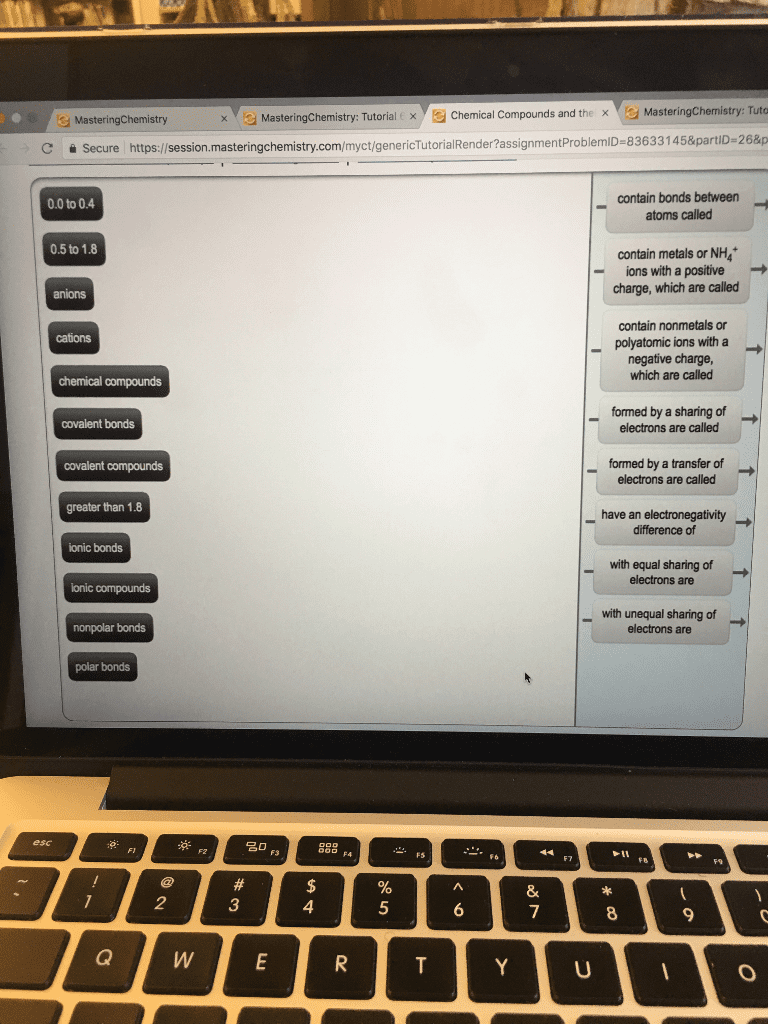CHM 2045 Lecture Notes - Lecture 2: Numeral Prefix, Nitric Acid, Barium Chloride
Document Summary
An ion is an atom of group of atoms that has a net positive or negative: ion with a positive charge, typically metal atoms, loses electrons. Na (11 electrons) na+ (10 electrons) Anion: ion with a negative charge, typically nonmetals, gains electrons. Removing electrons costs a lot of energy to the atom. Example) how many protons/neutrons/electrons in al-27: 13 protons, 13 electrons, 14 neutrons. Monatomic ions: contains only one type of atom, na+, cl-, ca2+, o2-, al3+, n3- Polyatomic ions: contain more than one type of atom (heteronuclear, oh-, cn-, no3- Ionic compounds: consist of a combination of cations and anions, the formula contains the lowest whole number ratios, metals bonded to nonmetals or to ammonium (nh4+, the sum of the charges in each should be zero/neutral. Formula of ionic compounds: aluminum (iii) oxide = al2o3, calcium (ii) bromide = cabr2. Arrhenius acids: defined as a substance that yields hydrogen (h+) ions when dissolved in water.


